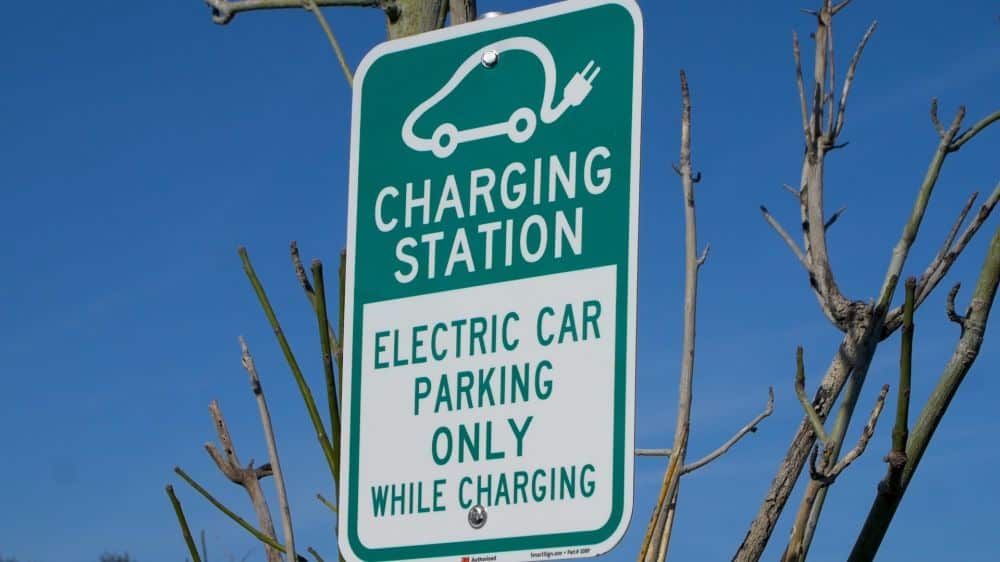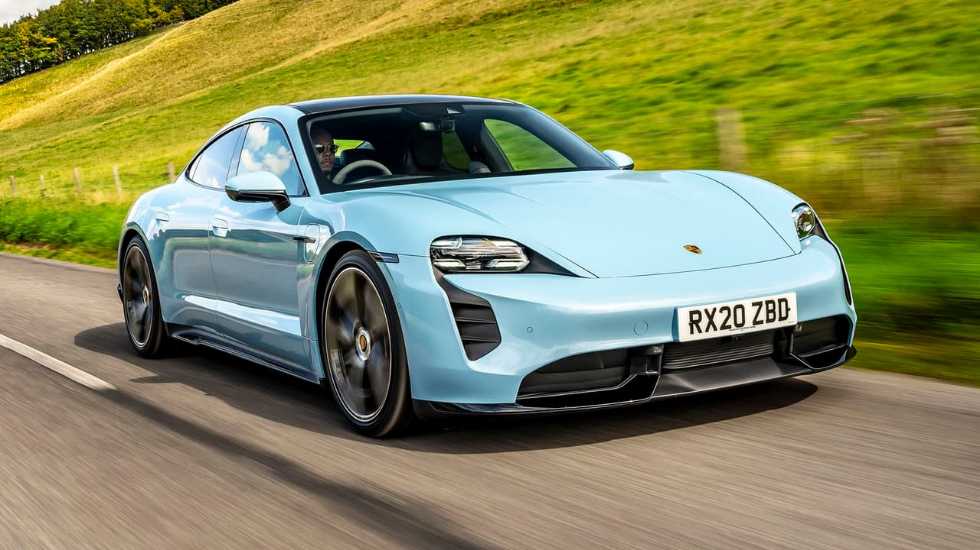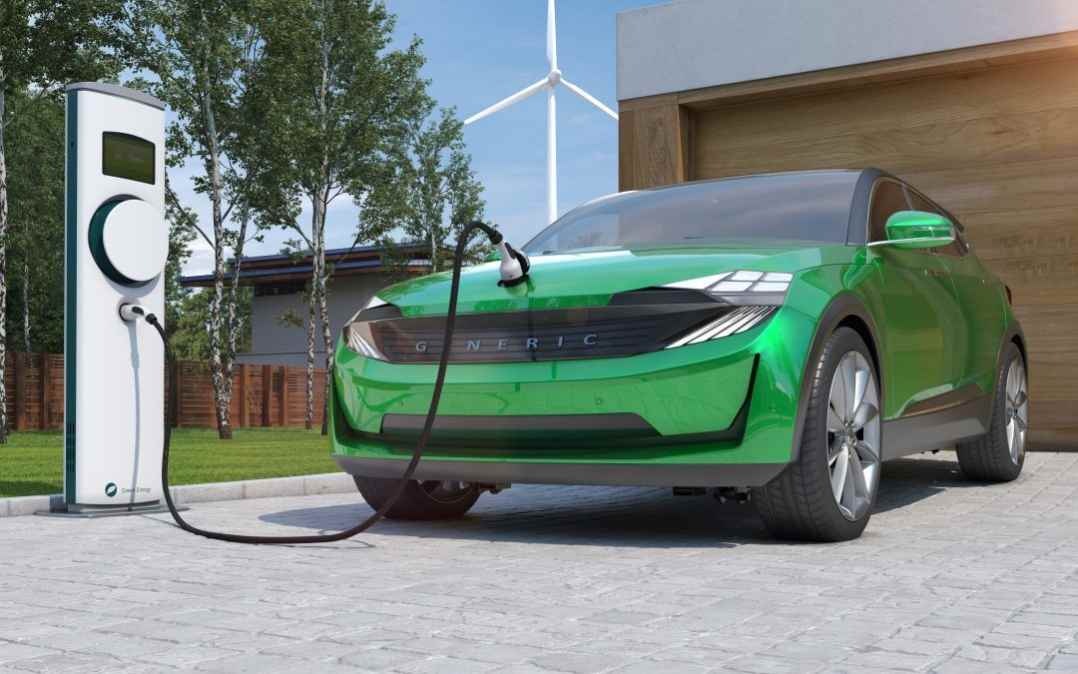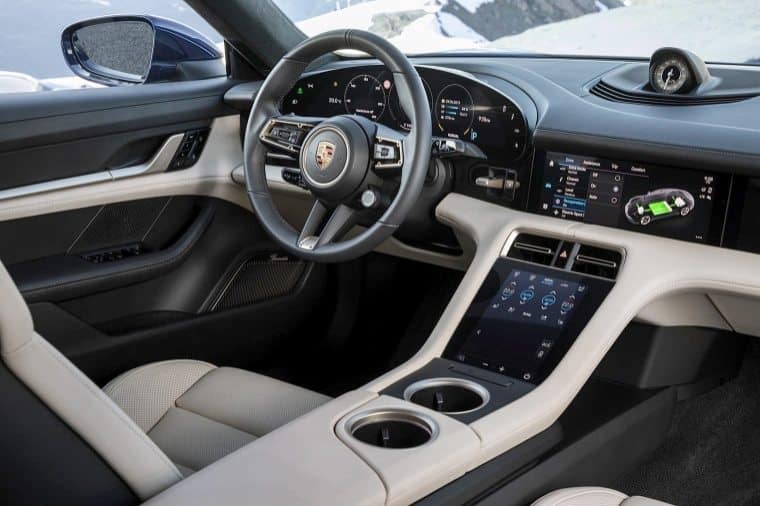Electric Vehicle Battery Degradation Accelerated by High Temperatures: Tips for Owners

High temperatures can accelerate the degradation of electric vehicle (EV) batteries, but there are straightforward measures that owners can take to safeguard their vehicles, as suggested by battery-health analysis company Recurrent.
Recurrent, a company specializing in battery health reports for used EVs, has conducted a recent study on Teslas. They discovered that EVs located in hot climate zones tend to experience more significant range degradation as they age compared to those in colder climates. This phenomenon is attributed to the higher environmental temperatures, which provide extra energy to the battery’s electrochemical reactions, potentially accelerating undesirable chemical processes that prematurely age the battery.
While cold weather can also impact range, it’s less likely to cause permanent damage. Recurrent suggests that the generally accepted threshold for accelerated battery degradation is around 86 degrees Fahrenheit. It’s important to note that extremely hot weather may not always have consistent negative effects on range or battery longevity, and the impact can vary.
Recurrent underscores the importance of parking your car in a garage or shaded area during hot weather to mitigate battery degradation. Nissan even modified its battery chemistry for the Leaf due to issues with hot climate-related degradation, especially in scorching parking lots.
Additionally, maintaining your battery at a half charge in high temperatures can help preserve its health since it’s more stable compared to being fully charged.
For those in hot climates considering an EV and worried about outdoor parking, Recurrent suggests opting for vehicles equipped with lithium iron phosphate (LFP) battery chemistry, known for its superior heat tolerance. Certain U.S. Tesla models and specific versions of the Ford Mustang Mach-E now feature LFP batteries.
If your EV has active thermal management for the battery pack, Recurrent advises keeping the car plugged in with a charge limit set. Many EVs initiate battery cooling at a lower temperature when connected to a charger compared to when they’re unplugged.




